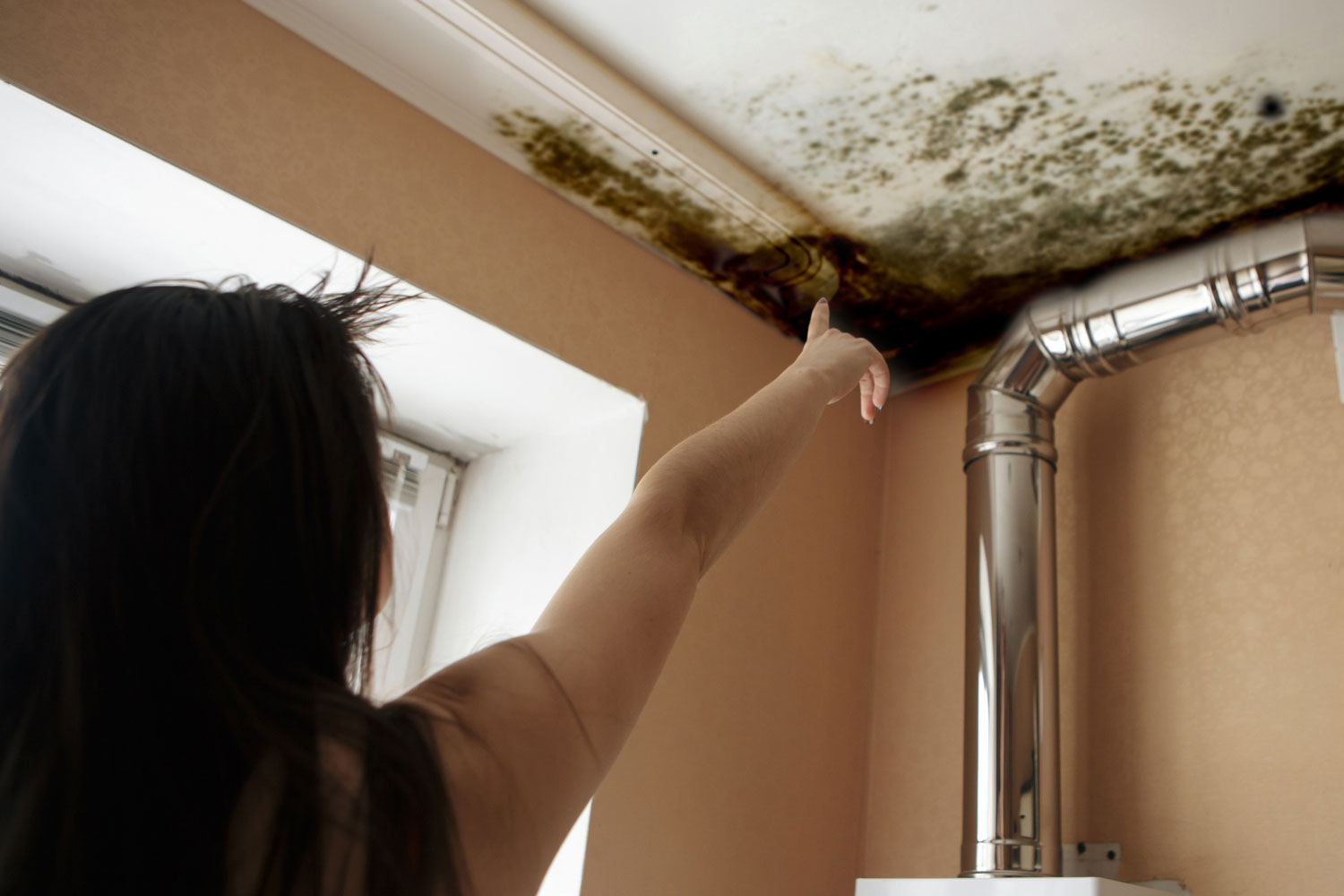Are you feeling ill and you have no idea why? Could it be because you were exposed to mold and mold spores? What exactly are the signs that you are sick because of mold? Determining mold related illnesses isn’t always easy to do. Everyone’s body reacts to mold’s toxicity in different ways. The problems may be headaches, shortness of breath, lethargy, or symptoms that closely mimic a common cold, like a runny nose or itchy, watery eyes.

One of the problems with determining that symptoms are mold-related is that mold is not always the first thing to be blamed. Most people, when asked about their home’s environmental conditions will say that ‘my house is always kept clean”. Okay, maybe it is, but what about your workplace and the conditions that you work in? The problem with mold exposure health issues is if you don’t know the signs, how can you describe it so that any health professional can identify your problem? In this article, Water Mold Fire Restoration will take a look at some common signs and symptoms of mold-related illnesses and how they can be treated.
What Is Mold?
Mold is fungi that grow naturally under predominately wet, damp, or moist conditions. Mold is everywhere. It’s outside and, sad to say, it is also inside your home or workplace. Mold spores come into your home in the air through open doors or windows, on your shoes and clothing, on food that you buy, and even on your pets if you have any. If a mold spore happens to land in a place where there is any moisture and an organic food source (paper, cardboard, wood, etc.), it may begin to grow and spread. Mold’s job, its purpose, is to break down and decompose organic materials. As it grows on an organic material, it also consumes it. If it weren’t for mold we would all be wading every day chest deep through dead plants and animals.
In order to reproduce, molds will release spores. These spores easily become airborne and are transported to new areas. If a mold spore lands on an organic substance and enough moisture is present, a new mold colony will soon form. Under the proper conditions, mold can begin to grow in as little as 24 to 48 hours.
Our health problems begin if we inhale these mold spores. Some molds also produce toxic substances called mycotoxins. Mycotoxins can cause an immune response in sensitive individuals. Most of these mycotoxins are extremely toxic, which is why some molds are called “toxic molds”. In fact, you don’t have to necessarily inhale mold spores; you can suffer from symptoms of mold exposure by just coming into physical contact with the mold itself.
There are thousands of species of mold, some, like penicillin, can be helpful. Some molds are used in food production, like cheeses. Some, like Stachybotrys chartarum, the infamous “black” mold, can make you sick. The problem is you can’t tell which is which just by looking. That said there is no species of mold that is considered “safe” when you inhale it. If you or a family member already suffer from allergies, respiratory problems, or have a compromised immune system, you are at a greater risk to mold exposure.
Health Effects From Mold Exposure
Respiratory symptoms are the most common symptoms when exposed to mold for any extended period of time. They can include:
- Skin rashes
- Eye irritation
- Coughing
- Wheezing or shortness of breath
- Runny nose
- Asthma
- Joint pain
- Cramping
- Fatigue
- Loss of memory
- Nerve pain
The toxins from mold will combine in your systems to increase your body’s total toxicity. Once the body’s toxicity levels reach a certain height, these symptoms may begin to affect you. Usually toxins are flushed out of your body through waste. But once the overall load gets too high, your body can’t do so effectively.
So how long can you remain sick because of mold? It basically depends on three things: what kind of mold have you been exposed to, how long you have been exposed, and is your body genetically set up to eliminate toxins. The symptoms can last for days, weeks, or even years.
While symptoms are not uncommon, medical professionals have a hard time determining mold-related illnesses. Studies have shown that around 40% of children and more than 50 million Americans suffer from allergies every year. Although these numbers may not necessarily be blamed strictly on mold, still, they are startling statistics. And what is crazy is that sometimes only one member of the family may be affected by mold. That makes the problem that much harder to pinpoint.
Relief From Exposure to Mold
The best way to treat symptoms of mold exposure is to eliminate any possible exposure to mold in your home or workplace. Many times symptoms will appear when you spend time in a certain location, be it at the office, in your home, or in a particular room. Once you leave that location, your mold symptoms may disappear or lessen. If they do, this is a good indication that mold is present in that location.
If you or a family member is experiencing health symptoms that are unexplainable, mold exposure may be the cause. You should contact a mold inspector or a mold remediation company to seek out and remove any mold. If removal is not done properly, the mold could return.
Talk to your doctor or health specialist to learn recommended ways to detoxify your body. This could be done through medicines or dietary changes and the addition of natural supplements.
If you see mold, or think you may have a problem with mold, contact Water Mold Fire Restoration at 800-905-0277. We have certified mold remediation experts that can answer all of your questions about mold and mold symptoms. Our professional remediation teams will safely and effectively eliminate any mold from your home or place of business. We answer our phones 24 hours a day, even on holidays. Our initial mold inspection is free. We can also be contacted by email at help@watermoldfire.net.








